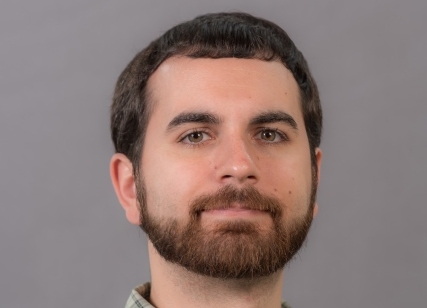
Dr. Tommy Wiesen presented his research on modeling responses to shocks at Grand Valley State University
Dr. Tommy Wiesen, Assistant Professor in the School of Economics (SOE), recently gave a research seminar at the Grand Valley State University Economics Department in Grand Rapids, Michigan. His seminar addressed the usefulness of developing new approaches to assess the impacts of multiple shocks on economic variables. Much of what is known empirically about finance and macroeconomics is based on data that varies across time. And one central tool used by time series analysts is the impulse response function. Impulse response functions measure how economic variables, such as unemployment or equity market volatility, respond through time due to a change (or shock) to another economic variable. Dr. Thomas Wiesen, along with his coauthor Paul Beaumont from the Florida State University, proposed what they call a joint impulse response function, which is designed to measure the total impact on an economic variable due to a collection of simultaneous shocks from several variables together. They apply their proposed technique to investigate how Trans-Atlantic volatility spillovers across large financial institutions changed during the COVID-19 pandemic. Their results indicate that volatility transmission from European to US financial institutions substantially increased during the pandemic and became more persistent. Wiesen and Beaumont’s proposed approach advances our understanding of the impacts of shocks – a methodological innovation of great relevance at this unusual time.
To review their full paper, click here.
